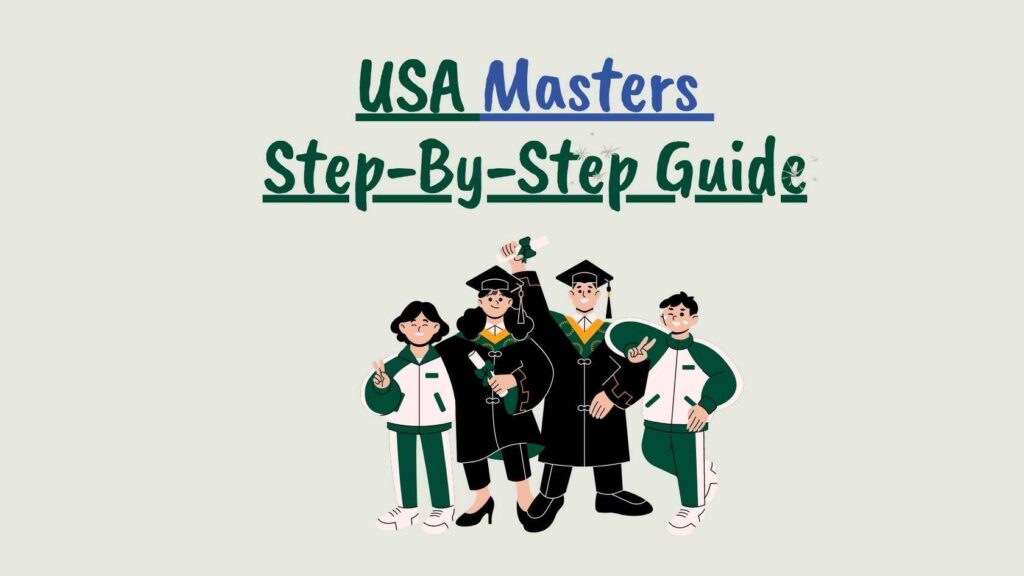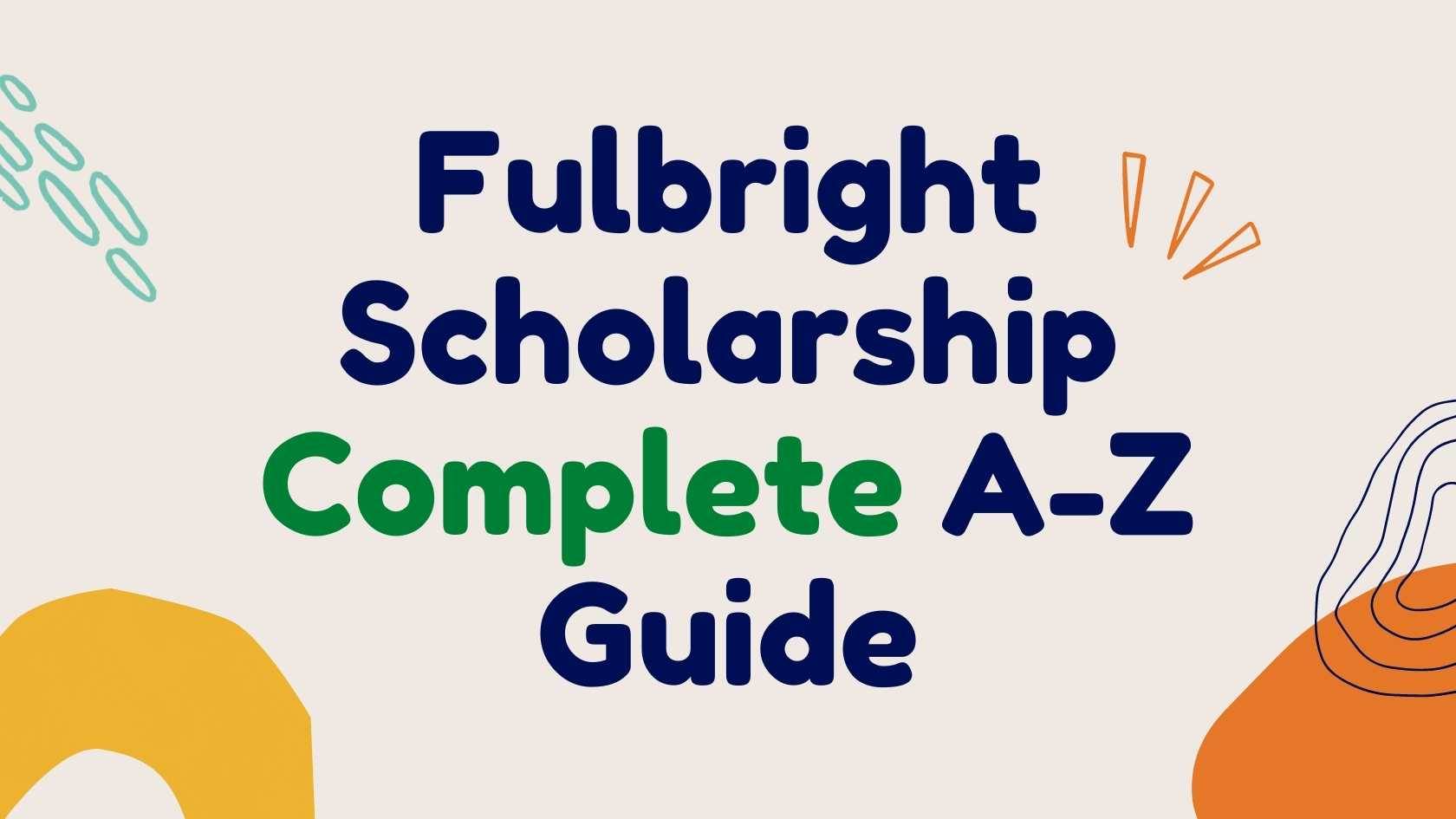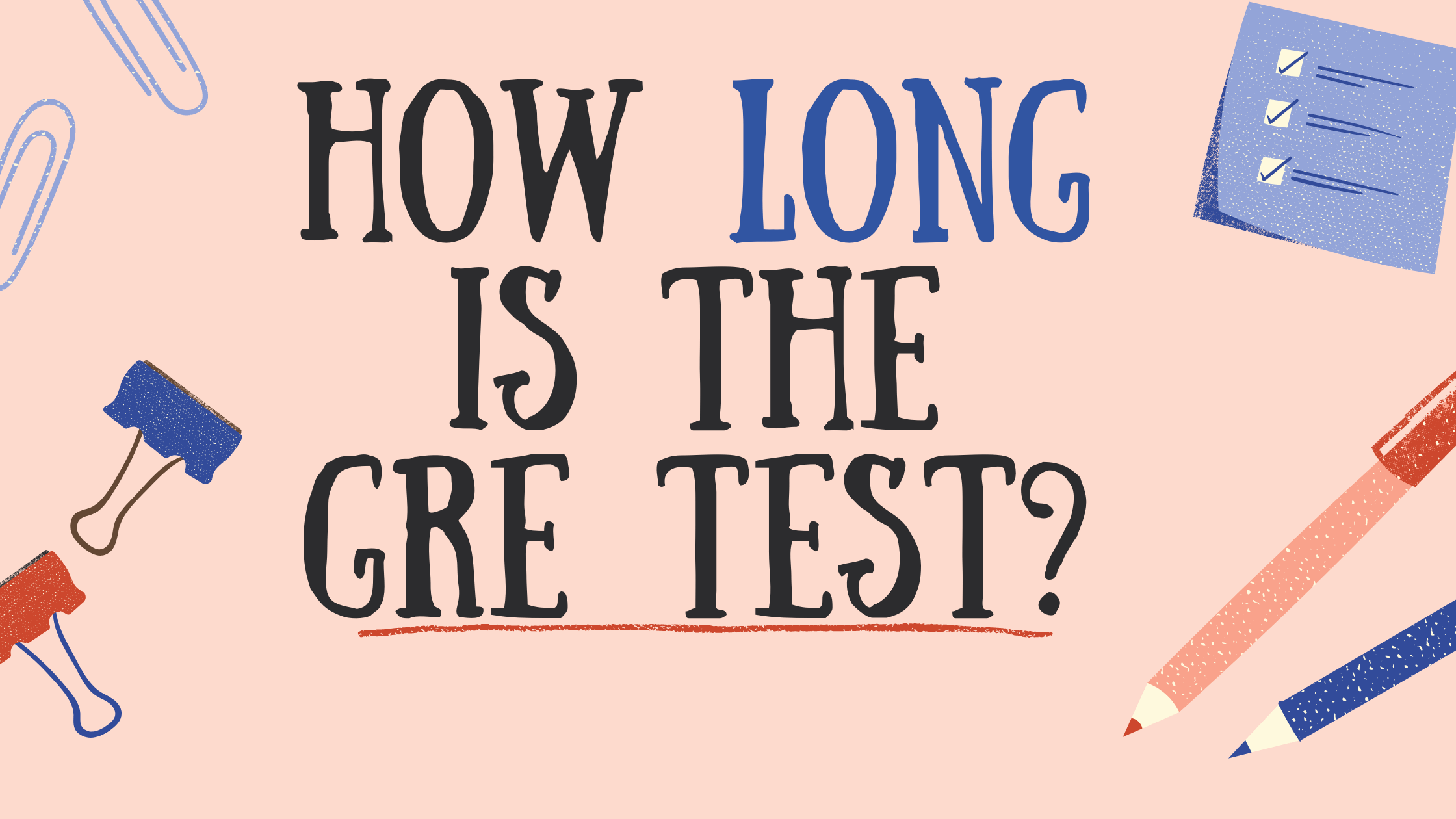USA Masters Scholarships Guide
The US has always been a hub for post-graduation studies. American Universities not only help students acquire contemporary education but also help them network, socialize, and tap into the biggest business and professional market in the world, ripe with unlimited opportunities. A wide array of programs are available from various universities for students to choose from. The duration, finances, and effort vary from course to course and from university to university; some programs are short and take around 9 months, for example, Analytics or Business Analytics; some programs take around 18 months and require experience, while other programs take around 2 years and usually don’t require any experience.
Before embarking upon your journey to the master’s degree, it is important to take into consideration two things – first, ensure that you have 16 years of education prior to applying to a master’s degree program in the US. Second, you need to have a clear sense of your career and academic goals. Graduate programs in the US are characterized as either STEM (Science, Technology, Engineering, Mathematics) or non-STEM. Your academic and professional goals dictate your selection between the two. Universities usually specify if their programs are STEM or not. Basically, all Science, Technology, Engineering, and Mathematics programs are STEM, and management programs are non-STEM, including MBA. If you plan to work in the USA, then it is highly recommended that you apply for STEM programs, as the chances of converting them from OPT (Optional Practical Training) to H1B (a type of non-immigrant visa) increases. The way it works is that every 6 months, OPT visa holders apply through a lottery process. Therefore, during 3 years of OPT, you have 6 chances of going through the lottery system. However, if you apply to a non-STEM program, the chances decrease as you would have only one year to work in the USA on OPT. This role does not apply to the Ph.D. programs.
Getting a scholarship in an MS program is extremely competitive, but it is not impossible. All you need is thorough research before applying to USA Masters scholarships to maximize your chances of selection. You don’t need to be a topper or a 329 GRE score to get a scholarship in the MS program, your holistic profile is considered. Not all schools have the same selection criteria; some schools require strong academics, some prefer high GRE scores, and some prefer experience and research-oriented profiles. Therefore, careful research can not only guarantee the right choice of the program but can also maximize your chances of receiving a scholarship.
Follow this step-wise guide to find your Master’s program in the US:
Step 1: Explore top schools ranking
Check the subject ranking of the top 50 or 100 schools in the U.S. via the US NEWS website to get an idea of the GRE average scores required by the desired schools. You should have an idea before embarking on your MS journey what type of school you want to go to: state schools, private schools, Ivy League, top 5, top 10, top 20, etc. For direct admissions, the universities may accept a +300 GRE score given that you have good academic grades, application essays, and recommendations. Ideally, you should target to score +315 on the GRE for decent schools. For programs that require strong quantitative skills, such as Computer Science, Finance, and Engineering, you should aim for +320 with a minimum score of 165 in quantitative.
Step 2: Check the application deadlines
This is a very important factor in planning your application and devoting preparation time for the GRE. Always aim for early application deadlines. For the US, you should ideally begin exploring schools 15-18 months prior to your intended date of admission. You’re strongly advised to apply as early as possible as you’ll be able to set a benchmark for forthcoming applications into the program.
Step 3: Prepare diligently for exams
Once you have an idea of the GRE score you’re aiming at and deadline dates, prepare diligently for the GRE exam.
If you have already taken the GRE exam, based on your score determine whether you need to retake the test or whether you would like to go ahead with the same score.
Start your GRE preparation on the Scholar Den website. Make sure that you take the GRE by the end of August of the preceding year for which you are aiming to apply. For instance, if you wish to apply for Fall 2023, make sure you have taken your GRE & TOEFL by the end of August 2022.
Some MS programs don’t require the GRE or exempt the GRE based on your qualification (the GRE requirement may at times be waived for Ph.D. applicants) or extensive experience, so you need to check the university website or contact the admission office before you apply. Some Universities have kept the GRE optional, but applying to those universities with a good GRE score will give you an edge as compared to other applicants.
Step 4: Review schools’ websites
If you go ahead with the application (app) cycle, choose your schools based on all the variables that are important to you. This includes ranking, funding, professors, research area, geography, employment rate, culture, class size, acceptance rate, etc.
Make an MS Excel file to make a list of universities and their respective eligibility criteria and application requirements, such as GRE & TOEFL/IELTS scores, CGPA, app fee, etc. This will make the application process and shortlist universities considerably easier for you.
Step 5: Shortlist your schools
Once you have viewed schools’ websites in detail, shortlist about 6 – 8 schools and dig up more details about them, i.e., class profiles, research area, professors, the field of specialization, culture, employment, etc.
While shortlisting schools to increase your chances of admission, make sure your profile is better than the average class profile. However, this rule does not apply to everyone; some might have exceptional profiles in terms of research experience, publications, etc. If you have one or two areas in which you stand out, it will be possible to get into such schools as well. Therefore, you should look at the class profile range to get a holistic idea of the kind of applicants the school offers admission to.
While applying, you can categorize schools into the following:
Ambitious Schools:
These are the schools that you want to join, but average admission stats discourage you from applying there.
Sometimes, we underestimate ourselves. Believe in yourself! Apply to two such schools with the best of your efforts. Average students from Scholar Den’s platform have made it to the top 10 schools, including IVY leagues. If they can, there is no reason you can’t!
Moderate School:
Your stats (CGPA, test scores, etc.) must match with the average stats of admitted students in these schools, and you are hopeful that you can get in, too. Apply to three such schools.
Safe Schools:
You supersede the stats of admitted students of these schools. You are highly positive about getting into these schools. Apply to three such schools.
Step 6: Prepare academic documents
Based on the university shortlisting, make sure that you have all the required academic documents. Additional program requirements usually also include transcripts & degree copies. If your degree has not yet been completed, request a hope certificate or an unofficial transcript from your educational institution.
If you have done 2 years of bachelor’s and 2 years of master’s, then you need to get your degree verified by WES. You will need to check with the admission committee in your choice of school whether they required WES evaluation or not. Some schools prefer to evaluate internally rather than opt for WES evaluation.
Step 7: Contact admission officer/faculty
Some schools follow the standard admission process where faculty members don’t play a vital role. However, in other cases, especially for Ph.D., it is advisable to contact professors before you apply. For an MBA or the majority of MS programs, you don’t need to contact professors.
Make sure you do not contact the faculty haphazardly. All university websites have a list of their faculty members. Go over the list meticulously to find a faculty member whose research and academic interests align with your own. You can also inquire if the faculty should be contacted or not by the school admission officers. Moreover, some online applications also require the names of faculty members with whom you have previously been in contact. Therefore, it is important to know exactly what you wish to pursue, find the right faculty members to support your academic interests, and apply early.
Step 8: Work on the application
Once you’ve planned the application (apps), start with the one that you intend to submit first. This will depend on the deadlines. Keeping the deadline of each university in mind, the first thing you need to do is to start is to sign up for the application. Subsequently, began working on the recommendation letters and application essays and organizing required documents.
Step 9: Recommendation letters
Do check in advance if a school requires receiving recommendation letters via email/online and the total number of recommendation letters required by them. Talk to your recommenders in advance and ask for their recommendations, and try to convince them to write a strong letter for you.
Step 10: Application essays
Application essays are one of the most important components of the admission process. Almost every US school requires a statement of purpose and/or a personal statement. These are some of the most critical parts of your application. Most schools look for students with strong academic, research, teaching, diversity, community work backgrounds, etc.
Information on how to write effective essays is mentioned on the website. This is the part of the application where you can make a difference through your writing and the power to convince others. Invest a considerable amount of time in planning, writing, and refining your essays. Don’t leave the essays until the very end of the application process. Start working on them earlier on because this is a part of your application that’s going to take a lot of your time. Ask your seniors and mentors for feedback and guidance.
Step 11: Submit the application
Don’t wait for the deadlines. Start early, submit early! Some universities have extensive deadlines, but they start processing the applications on a case-to-case basis. To be considered for the funding, apply in the earlier days of the application opening. Make sure each part of the application is complete. Avoid typos or spelling mistakes.
Step 12: Interview
Some, but not all, schools would require you to appear for an interview. While there is nothing to be afraid of, it would be to your advantage to prepare yourself for it beforehand. Do your homework well – read your application again to recall what you had written earlier, go over the research your faculty of interest is engaged in, prepare answers to generic questions such as “Why this school?”, “Why this faculty member?” “Why this program?” and so on.
Step 13: Selection & Visa
Congratulations! You have made it through. After you accept the offer made by the school, you will be issued an i20 Form, which is a pre-requisite for visa application.










3 Responses
No words for such amazing and valueable article
Thank you 🙂
Thank you so much